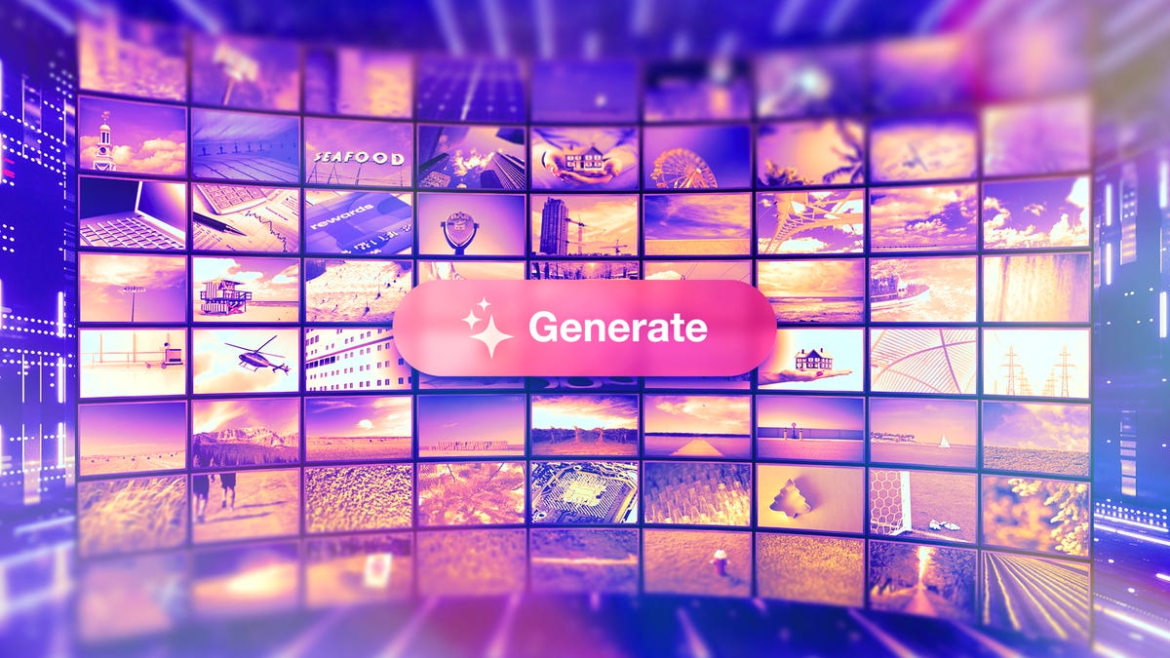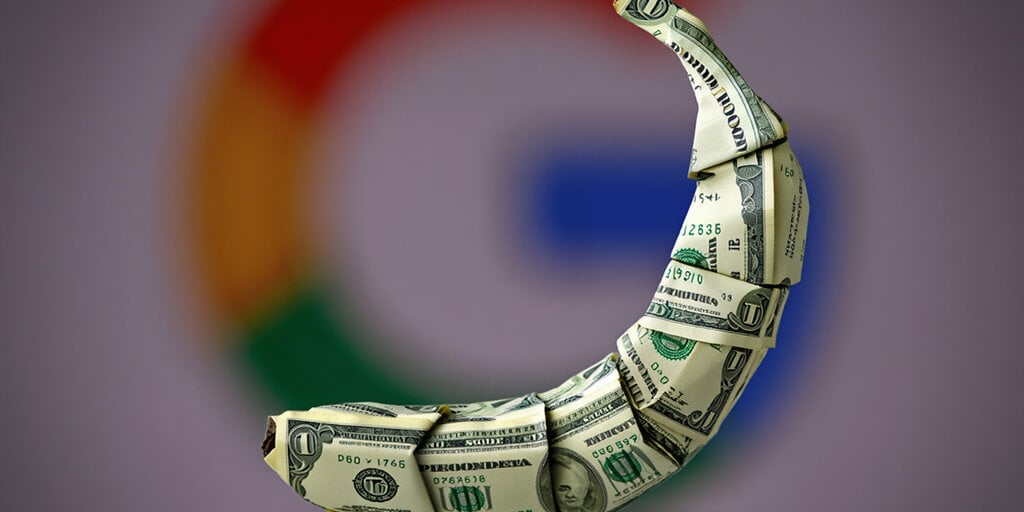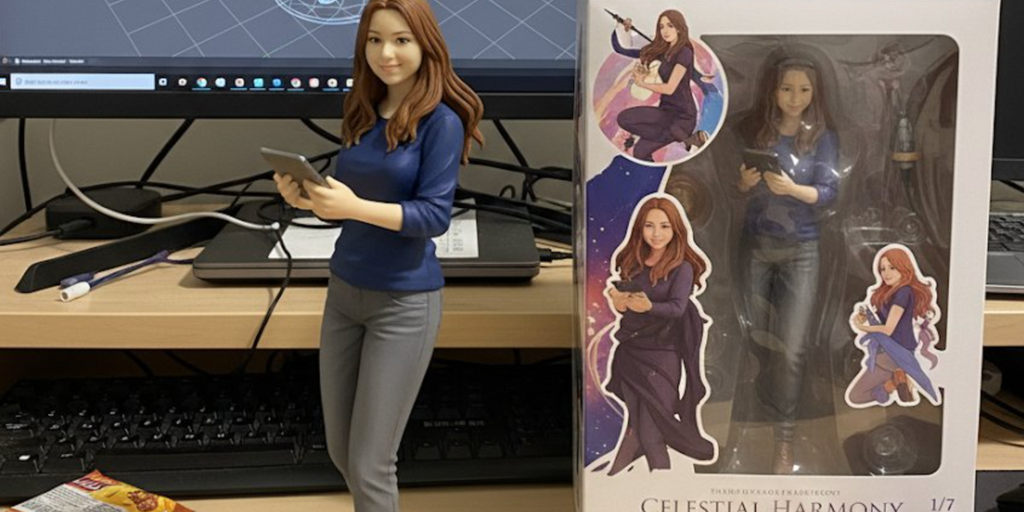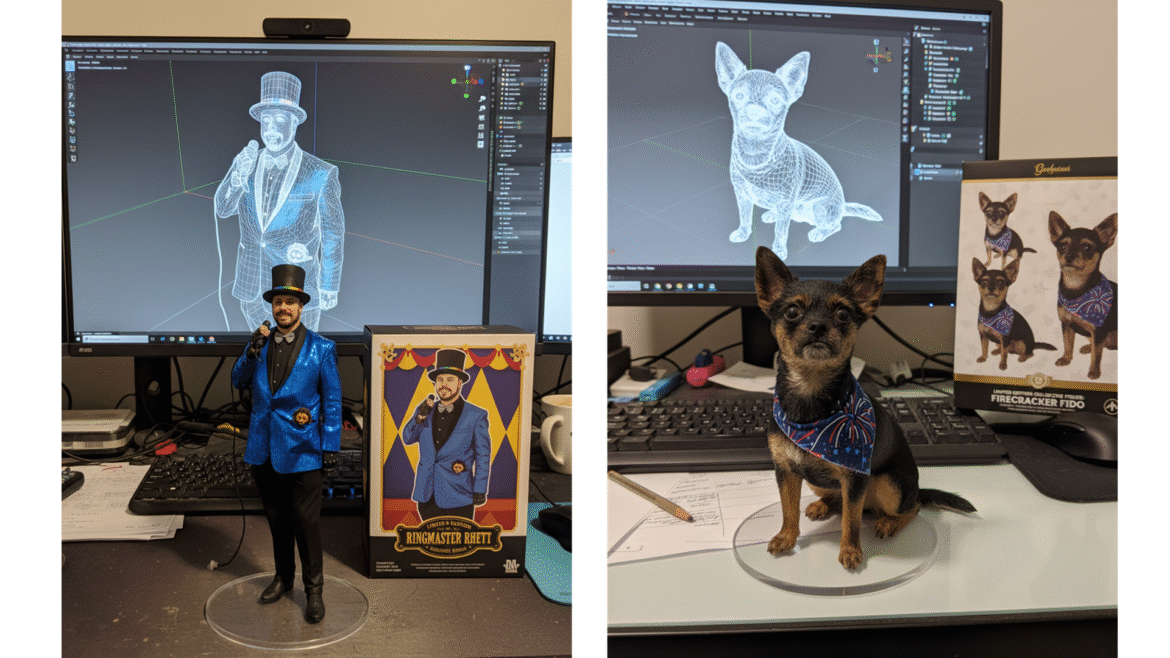Google’s new AI image model got the nickname “nano banana” after a series of fruit-themed teasers from its executives and early reviewers thought its capabilities were, well, bananas. Since its launch, the nickname “nano banana” has stuck. But don’t worry if you’re not sure exactly what that’s referring to. Here’s what you need to know to find the model and make the most out of this powerful new tool.
The model’s government name is Gemini 2.5 Flash Image — it doesn’t sound nearly as fun as “nano banana,” but it’s important to note. It’s taken off dramatically in the past few weeks, especially compared to other AI image tools. Google reported that its users made over 5 billion AI images, and the model led to over 10 million new Gemini users in the first few weeks after nano banana’s release. It also helped launch Gemini to the top of the Apple App Store’s free app chart for a while.
Although Google’s invested in integrating AI everywhere, nano banana image editing seems to be making one of the biggest leaps for Google in the race to develop the best AI.
As CNET’s AI image generator expert, I put nano banana to the test to see if the model held up or if it was all simply AI hype. I found Google’s nano banana impressive, with its refreshing focus on editing existing photos. There were still some slipups, which is to be expected with any AI service. But it was spookily good at adding new elements to my existing photos. If you’re an AI enthusiast, or even someone who just needs a quick, custom photo edit, I do think it’s worth exploring.
To save you time, this guide is built on my real experience finding and playing with the model, along with some crowd-sourced tips for the best results. For more, check out our guides on creating AI images and writing the best AI image prompt.
How to access Google’s nano banana
You can access nano banana in a couple of ways. If you want to go directly through Google, you’ll need to have Google’s AI Pro plan, an AI-specific subscription that’s $20 a month. Once you’re signed up, you can navigate to Google’s AI Studio and select 2.5 Flash Image as the model you want to use. You can’t edit photos with it through your Gemini chats, unlike with OpenAI’s image generation with ChatGPT.
Developers can also access the model through Vertex AI and the Gemini API. If you don’t know what those are, you probably don’t have access to them. So don’t worry about it and stick with the AI Studio, which is open to everyone.
You can also use nano banana through certain Adobe programs. Nano banana is available as a third-party model in Photoshop, Adobe Express and on its AI platform, Firefly. Those programs are also usually paywalled, but it’s worth checking to see if you have access to them if you use some Adobe programs already. Make sure you select 2.5 Flash Image before you click generate, as Adobe has many third-party models available.
As always, an important note about privacy: Google’s general Gemini privacy policy says it can use the information you upload for improving its AI products, which is why the company recommends avoiding uploading sensitive or private information. And nano banana-edited photos aren’t watermarked, so be sure to disclose that you used AI when sharing those images.
Don’t miss any of our unbiased tech content and lab-based reviews. Add CNET as a preferred Google source.
How to use Google’s nano banana and get the most out of it
Once you’re in Google’s AI Studio, you can easily upload your image for editing. But like any AI image tool, your chances of success depend on how well you prompt the model. Here are some tips for using nano banana.
- Be specific. Writing an AI prompt is different from doing a Google search. The more details you provide, the more likely it is you’ll get the result you want. Talk about the colors, the style, the aesthetic. Keywords are great, but don’t worry about writing too much.
- Tell it what you don’t want changed. This is different from the advice I give when dealing with AI image generators. Most AIs struggle to understand negative prompts, or things you don’t want to see. But nano banana is decent at understanding what you do and don’t want adjusted, so include that in your prompts.
- If you want text, tell it exactly what words you want. I admit, this is partially inspired by Google’s own best practices for prompting, but it’s also something I’ve seen in my own testing. You need to be specific when you want text; otherwise, it will end up messy. Don’t forget to include the style and color of the font, too.
An example of how I edited an existing photo (left) with nano banana to include a new element — a spookily similar looking sister in the AI-edited photo (right).
One of the best things you can use nano banana for is adding new elements to an image you already have. But there are some other good use cases. Here are some ideas to help spark your inspiration, based on some of my favorite prompts I use to test AI services.
- Play around with variations. You can ask the model to create different versions of your existing photo, whether that’s a headshot with different hairstyles or transform your photo into a different style. I’ve taken nature landscapes I photographed and had AI reimagine them in the style of a dark, sci-fi or fantasy world, for example.
- Use nano banana as an AI-powered eraser. Removing background distractions is one of the most common uses of photo editing software. Any AI worth its weight should be able to help you get rid of errant obstructions and blend the affected area seamlessly into your photo.
- Ask Gemini for inspiration or ideas when you’re stuck. I always recommend talking through photo editing projects with real people when you’re able. But when you’re not able to, you can use the chatbot as a kind of sounding board for your ideas. Gemini can also help you put your own ideas into words that nano banana will be able to understand.
For more, check out my full hands-on experience with Google’s nano banana and the best AI image generators.




